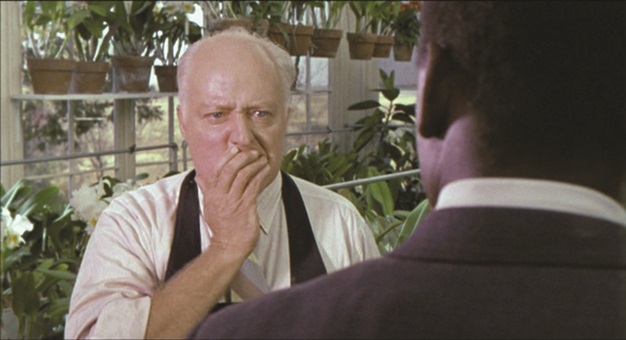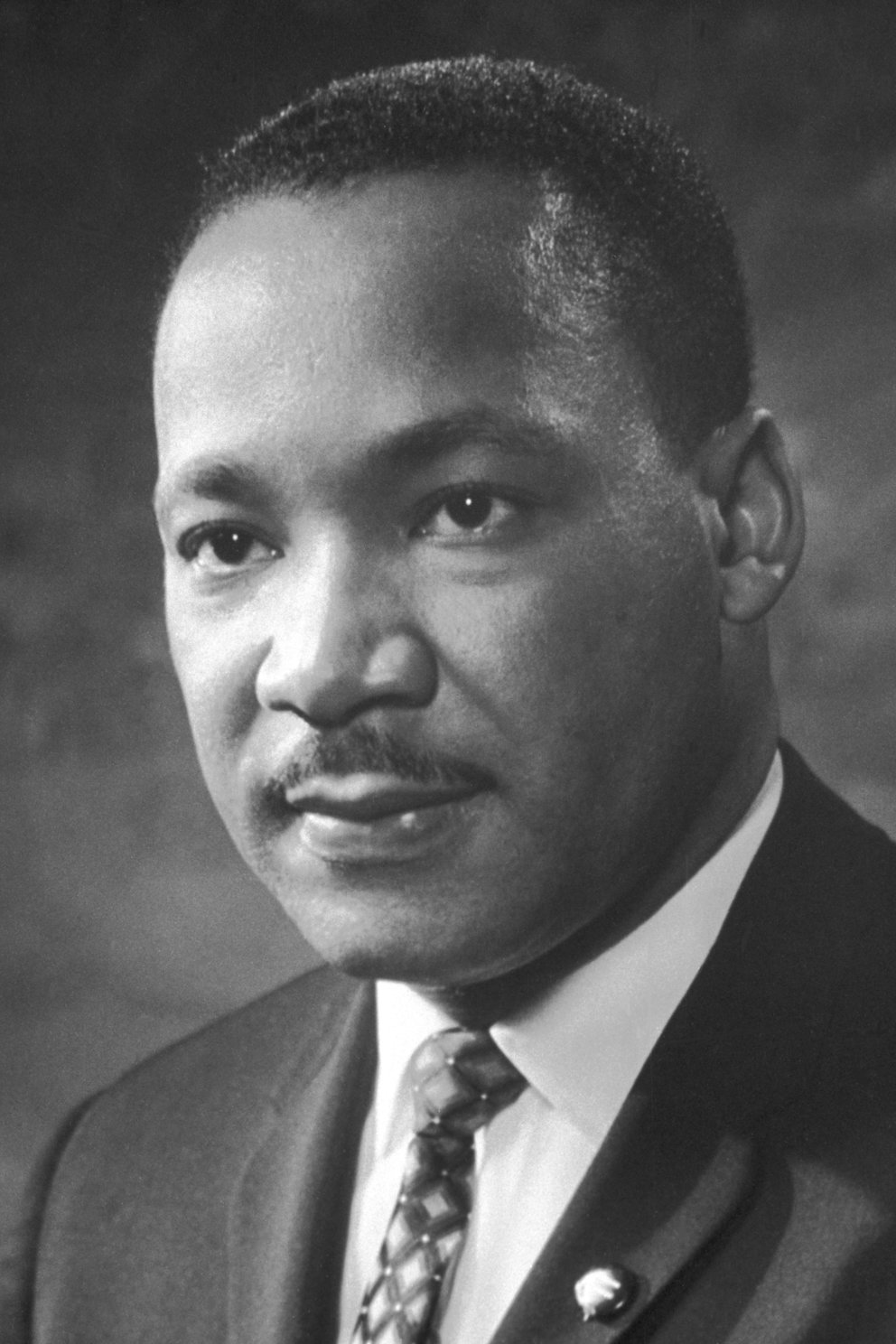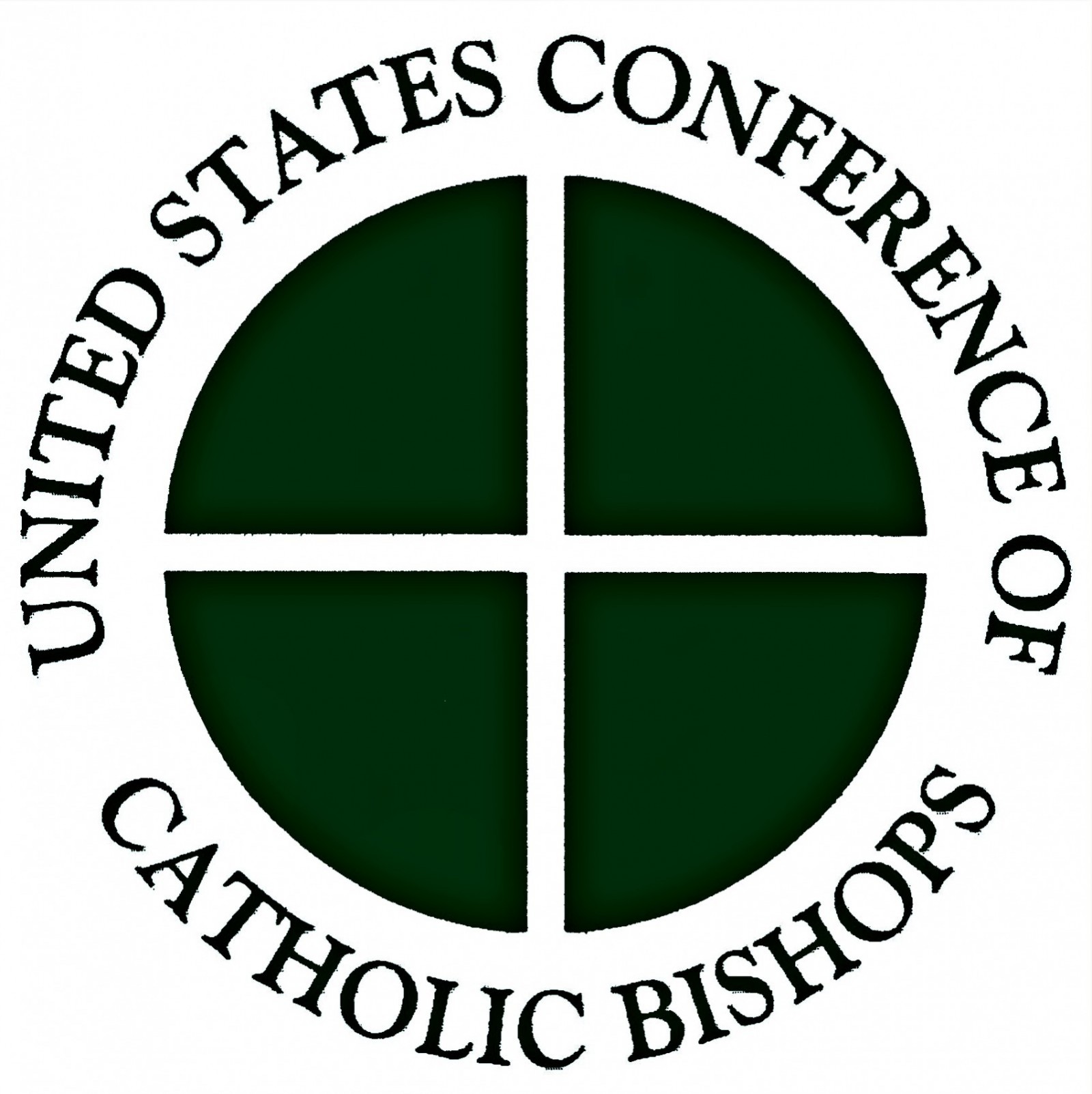Actor Sidney Poitier makes a return in our class as Virgil Tibbs, a talented homicide detective from Pennsylvania. The film takes place in the southern Town of Sparta, Mississippi, where Tibbs works to solve a murder case with the local police department. This setting is the centerpiece of the film's anti-racist message.
Unsurprisingly, Mr. Tibbs is not welcome in the town of Sparta. He only ends up working with the secondary protagonist, police chief Gillespie, after one of his officers racially profiles him and arrests him.
The film's message and content reflect both the sense of triumph and further efforts needed after the Civil Rights Acts of 1964 and 1965 were passed. Gillespie, an older white man raised in America's time of government segregation, is shown up by the young black detective. Without Tibbs' efforts, the case wouldn't have been solved.
One of the film's most iconic moments is when Tibbs, along with Gillespie, goes to Mr. Endicott's home to interrogate him about the murder. Endicott owns a plantation-style home and owns a large cotton farm mainly staffed by African Americans. He also has a black butler, and makes racially charged comments disguised as friendliness to Tibbs before he is interrogated.
Eventually, Endicott realizes he is being interrogated and slaps Tibbs across the face. Tibbs responds with a slap of his own without any hesitation. The significance of a black man slapping a white man in a major release film cannot be understated. After the release of the film, Poitier and Rod Steiger (Gillespie's actor) played a game (page 336) where they would go to theaters and try and count the amount of white and black viewers by listening to their reactions to the scene: either shocked gasps, or cheers for Mr. Tibbs.
 |
| Endicott after being slapped by Tibbs |
In the Heat of the Night is not only a great film, but a historically significant one as well. It is a reflection of the attitudes of many Americans shortly after great strides in the civil rights movements were made.






